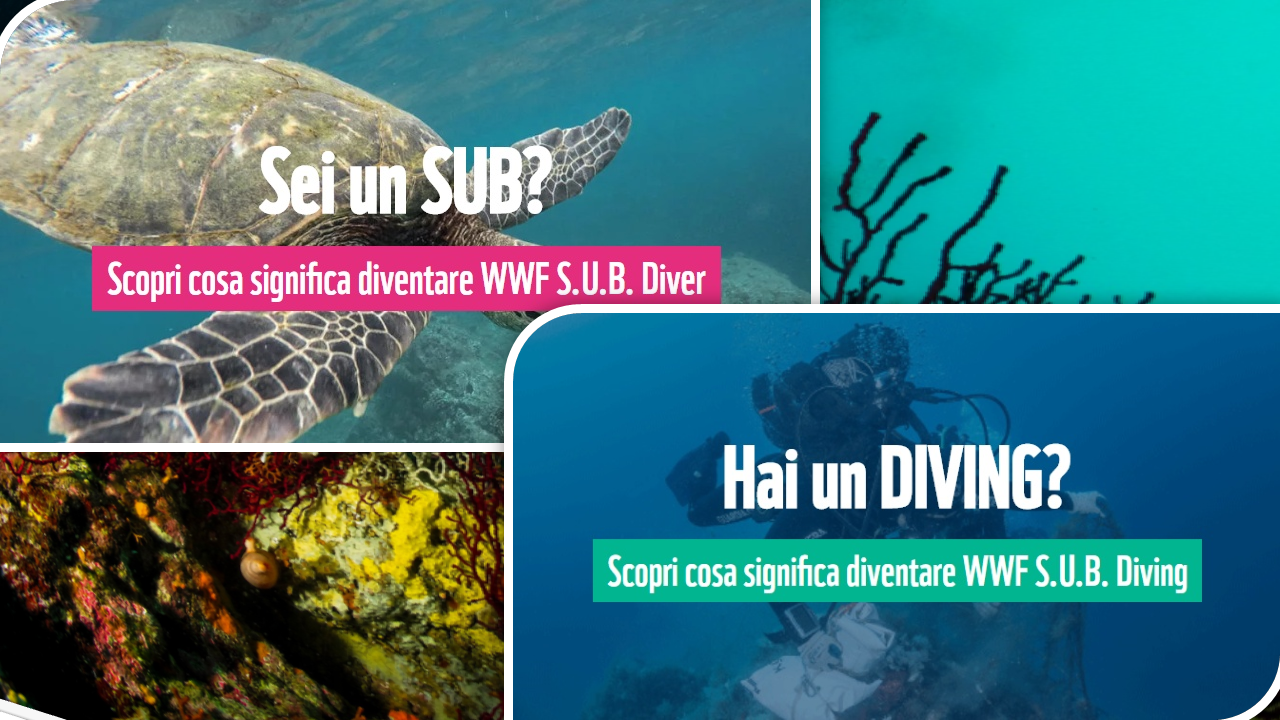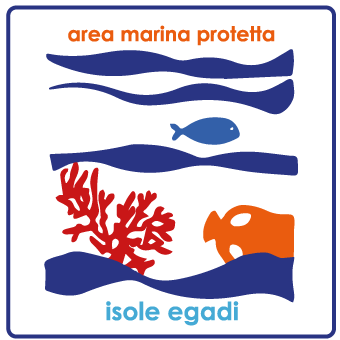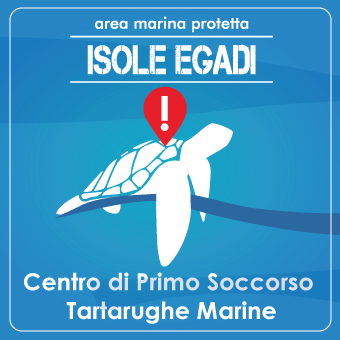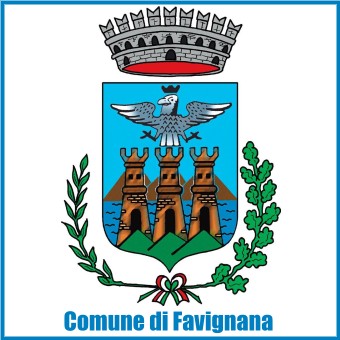The term habitat can refer to a place with certain characteristics that make the settlement of a species or different species favorable to form a community. In the marine environment the combination of factors essentially linked to depth as the amount of light, The temperature and strength of the wave motion, Create different types of habitats. If the nature of the fund is also included, both sandy and rocky, It is understood that the possible combinations increase and consequently also the number of habitats available.
The main ones are reported below.
The sandy seabed
The sandy environments appear rather bare and monotonous but, observing more carefully, Some tracks can be seen that reveal the presence of living organisms strongly conditioned by the movement of the sediment continuously remodeled by currents and wave motion. In such environments most animals live permanently buried in the sand, like the sea comb or simply waiting to go out of hunting for prey, like the place marine. Many species, on the other hand, are digging real lairs which communicate with the outside by means of tunnels and whose walls are often welded by their mucus, as in the case of wandering policies and spirografi; The cavities are then maintained free through a continuous flow of water that serves for breathing and nutrition. Then there are organisms that have evolved anchoring systems capable of penetrating the sediment, like the roots of the marine plants or the filaments produced by nacchera. Other organisms live above the sediment, Like the Celentate sea cucumber, The dishes, such as the sole, as well as molluscs like the seppie.
The rocky seabed
Observing a submerged rock ridge of the Egadi, it turns out that the variety of colors and forms of life that live there is truly remarkable. The rocks offer a stable substrate in which every protrusion, AFantratto or shelter can be potentially colonized. The organisms that live in the tidal areas avoid dehydration during the emergence period by closing inside the shell, like the patrols (Gasteropodic molluscs), or using openness and closing mechanisms synchronized with tides, as in sea tomatoes (related to corals and jellyfish). The perennially submerged rocky environments appear populated by a great abundance of vegetable organisms, especially the algae. Are organisms that, Unlike upper plants, do not present roots, stem and leaves but a single body called tall. Three large groupings are distinguished: green algae, brown algae and red algae. The latter in particular manage to live at greater depths or in the caves thanks to adaptations capable of exploiting the smallest quantities of light. Among the brown algae the most common are the Cystseyre, large and arborescent aspect. An environment dominated by algae can only be the privileged habitat for herbivores but also for molluscs, Echinodermi, shellfish It's onsthere that at various levels contribute to forming food networks.
Biocostructions
Biocostructions are particular organisms called Biocostructors.
The mechanism of formation of biocostructions involves the overlap of layers of skeletons or essentially limestone shells. Different surface biocostructions are recognized in Egadi. There is the Lichene Marino, A red limestone red algae that forms the structures "To cornicion" who slowly increase in the direction of the sea. Finally of particular relevance is the platform in Vermetidi, produced by molluscs just under long than 10 cm, who build thousands of tortuous shells united strongly to each other and anchored firmly to the rock. Year after year on the shells of individuals who die grow the shells of those who are born. Thus a sort of small coral reef which can reach a massive consistency several meters wide.
Another biocostruction present in the Egadi sea is the coraligine, typical of deeper areas where light penetrates moderately (ciaquiafilie), which constitutes the habitat of numerous species. This biocostruction is produced mainly by limestone algae (coral), But other species with limestone skeleton also contribute to its formation, among which sponges, cnidari, Briozoi, molluscs and anellids. Corallary can develop both on the overhanging rocky walls (Corallary of wall) both on the dishes (Corallary of platform). Among the inhabitants of the coraligeno stand out the gorgonie: Animals that live in colonies composed of numerous small polyps and capable of building robust support structures in the shape of a range of yellow shades, red or white, creating scenarios similar to tropical ones for chromatic liveliness and size. These species are very slow growth and some colonies are even centenary.
Pelagic atmosphere
The waters of the open sea cover most of the earth's globe. They constitute the pelagic habitat characterized by the continuous remediation, with surface waters that descend deep, deep waters that date back, organisms that migrate from surface habitats well enlightened to deep and dark habitats. The most flashy organisms of the pelagic environment are animals. They are tireless swimmers capable sometimes of traveling very long distances, also against current, driven by the need to feed or reproduce. This is the case of large cetaceans such as whale e Capodogli or the desks of tons capable of reach significant speeds during their hunting trips. In this environment they live species such as the turtles, who spend a good part of their life at sea with the exception of the period of deposition of the eggs, o i cormorants, Birds that limit their stay in water to get food. There are also incapable organisms to make significant movements in the mass of water and lead a wandering life at the mercy of the movements of the sea as jellyfish e cndofor. Both from the body almost entirely constituted of water can take on very different shapes and sizes.
The meadows of Posidonia Oceanica
The plants of Posidonia colonize vast seabed areas forming real submerged meadows implanted both on rock and sand from 1 until 40 m of depth or a little further. The Prateries of Posidonia constitute the most widespread marine habitat along the coasts of our pelvis playing a fundamental role in the marine ecosystem. In addition to producing large quantities of oxygen (with an hourly production of 1200 Cubes for square meters of seabed) and food for food networks, stabilize the seabed, make the waters transparent and protect the coasts from erosion. To an unprecedented observation, the prairies may appear rather uniform: actually offer refuge to a huge number of species. Small species of algae and animals who have chosen this microhabitat as their only life environment live on the leaves and the stems. The leaves are burned by benches of salpe and from riccio. The largest bivalve in the Mediterranean also grows in the meadows, the nacchera, And many fish of commercial interest find refuge. Precisely for their importance The Prateries of Posidonia are recognized as a "priority habitat" in the attachment 1 of the "habitat" directive (Dir. n. 92/43/CEE), law that groups all the sites of Community importance (SIC) who need to be protected.
The Marine Cave
Marine caves are very common environments along the archipelago coasts. The lack of light already a few meters away from the entrance causes the plant world to be replaced in full by the animal one. The fauna is mainly formed by sponges, coral, motherpore, Tubes wormscoli and ascidias. Many species use caves as youth stadium growth sites and adults engaged in reproductive activities also find refuge, like the monk seal. In the caves they are formed, Furthermore, biocostructions similar to those of coraligine, in which, however, animals dominate and not the algae.
The submarine deserts (barrens)
The rocky deserts are also in all respects considered marine habitats, even if with low biodiversity. I barrens They are areas characterized by the presence of rock mostly without arborescent algae on which dense populations of sea urchins graze. In the Barrens, unpaid or pasture resistant species manage to develop, like the Nocciolin sponge which forms the patches of dozens of square centimeters, the Crambe sponge which forms red patches, of the Incrustrating algae on the rocks that take on the characteristic pink color. I am habitats who have received a lot of attention from scholars to try to understand if they are expanding.






























